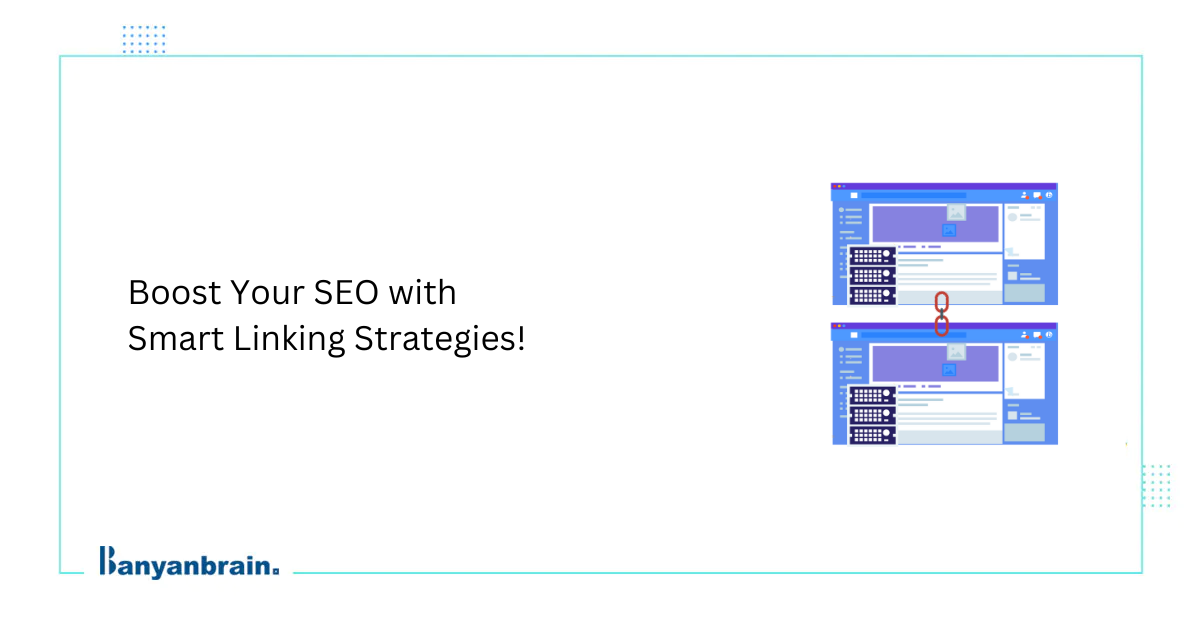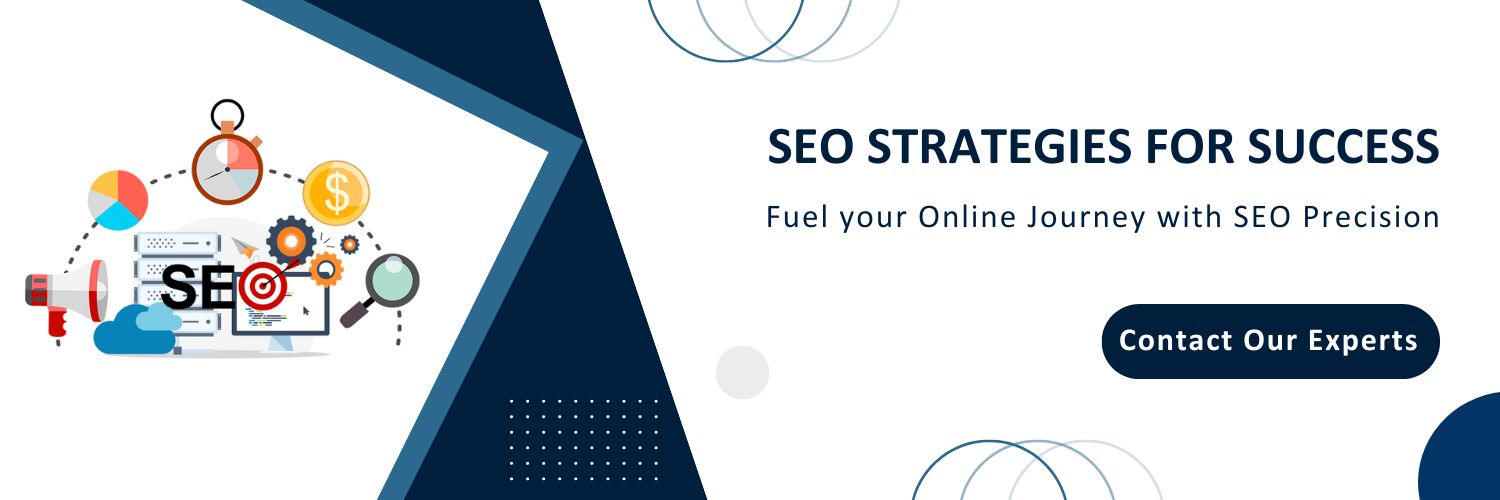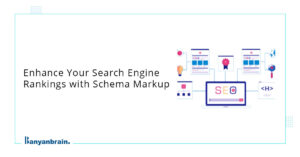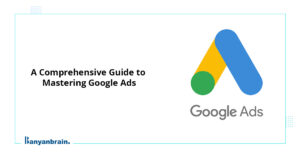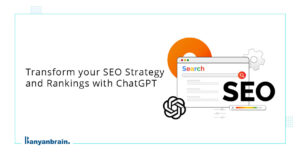Search engine optimization experts create different types of links that play a very effective role in optimizing On-page SEO. With the help of these links, you can achieve best-driven results. Framing well-optimized web content with the help of different types of links can help you have several positive impacts. As it allows for higher session time and more engagement.
By using relevant interlinking, you can build authority among the audience. In this blog, we will learn about different types of links in SEO, their examples, and best practices used by SEO experts.
What are the different types of links in SEO?
In SEO, there are different types of links, which are crucial components of interlinking different web pages for navigation and discovery of website content. Links can be broadly categorized as either internal or external. Internal links connect pages within the same domain, whereas external links connect the page to other domains.
Internal linking increases user experience by displaying visitors’ relevant content and aids in search engine crawl efficiency. External links, especially backlinks from trustworthy sites, are vital to prove a site’s authority and credibility and thereby affect ranking in search results.
Different types of links in SEO are mentioned below:
Internal link
Internal linking refers to hyperlinks that are used in linking one page to another within a website using its own domain. It is very effective for navigation among pages to improve user experience and optimize search engines. With the proper use of internal links, you can connect different web pages on the same website.
Internal links allow the user to visit one page on a domain and then move to a different page on the same domain. By hyperlinks, the visitor can find relevant content within the same domain without leaving the page.
For example, if the user wants to solve his/her query about search engine optimization. You have also added internal linking keywords for the same topic. Then, the interlinking keyword should be relevant because the right internal keyword will allow you to build trust and credibility and drive more engagement on your website.
The structure of internal links is as follows:
<a href=”www.example.com>Link Text</a>
Best practices for internal linking
Best practices for internal linking keywords are as follows:
Descriptive anchor text: Use descriptive anchor text SEO that is also relevant, giving users context for what the linked page contains. Likewise, this does the same for search engines, so they know what a linked page may contain.
Link to relevant content: Internal links should always connect related content within your site. This helps with navigation and helps a search engine understand the relationships between different pages.
Prioritize important pages: Organize your internal linking so that the links go to your most important pages in terms of cornerstone content or high-converting pages. This will likely spread link equity pretty evenly and make them much more visible on the search engine results page.
Organic structure: Organize your internal linking so it basically flows along with the hierarchy of your content. Use a clear, logical structure to guide users through your site.
External Links
Outbound links are clickable hyperlinks that ensure you can move from one website to another. Outbound links are often called outgoing links and external links. Users can found many information, resources, and services with the help of outbound links also they are free to go from one website to another domain.
Structure of external links:
<a href=”https://www.anotherwebsite.com”>anchor text</a>
Images can also be used as a source of external links, and their structure is created as follows:
<a href=”https://www.anotherwebsite.com”><img src=”mywebsite.com/image.png” alt=”text describing the image”></a>
How to use external links effectively in SEO
- Interlink webpages: Try to link your web pages to reputed web pages that contain all the relevant information. These types of links will help you make your content valuable to search engines, improving the rate of conversion and increasing engagement.
- Use anchor text: You should use relevant and concise anchor text that will help the search engine understand more about the content of the web page linked to the website.
- Overuse of external linking: If you use external links too often, this can minimize their value. So try to avoid using too many external links in your content.
Inbound links
Inbound links, also referred to as backlinks, incoming links are hyperlinks from another website to your website. The links direct users from an external site to a specific page on your site. This indicates that the information on your website is valuable and relevant and can be trusted.
Structure of an inbound link:
<a href=”https;//www.targetwebsite.com/taget-pageURL”
Quality vs. quantity of backlinks
Quality links will denote links from external websites that give your site more authority and visibility, hence better rankings on search engines. They should come from other relevant, high-authority, and trustworthy domains within the niche, as these factors significantly impact their value.
Also, with the help of quality backlinks, you can increase engagement and target traffic from relevant sources. However, if we talk about the quantity of backlinks, one should focus on creating high-quality backlinks as it boosts the process of building the backlink. The major benefits of links are that they help you rank higher on search engine page results and provide a competitive advantage in search engine rankings.
Strategies to earn high-quality backlinks
Some common link-building strategies to earn high-quality backlinks are mentioned below:
- Broken link building: If you find any website with a broken link, you can easily suggest your content to replace that link. This will help you to enhance the experience of the owner’s website.
- Guest posting: Guest posting can help you generate content for other web pages and try to link that content to your domain website. These types of links will increase your website’s engagement rate and session time.
- Reclaim unlinked mentions: With the effective use of Google alerts, you can track the blog and articles about your brand and claim them for unlinked mentions.
DoFollow links
Dofollow links allow Google and other search engines to crawl and index related web pages by pointing them back to your website or blog. Every time you add a do-follow link to your site, you are essentially creating an electronic pathway that search engines can follow.
As such, you manage to gain more authority and credibility. This is because a do-follow link is recognized in search engines that other reputable sites, blogs, and posts link to your content, thus endorsing your expertise and trustworthiness.
How they impact SEO and page rank
- With the help of do-follow links, you can increase the ranking and credibility of your website.
- You can drive more traffic to your website, and your website can rank higher in search engine results.
- Dofollow links from high-quality, relevant sources can significantly impact your SEO.
No-follow links
Such a link, after the rel=”nofollow,” acts as a command to the search engine crawlers to ignore the relevance of the page being linked. In return, nofollow links do not add up to the search engine ranking of the linked URL because Google does not pass PageRank or any other signal across it.
Hence, nofollow links are neutral as they neither support nor damage the technical SEO of the page being linked to. They often point to third-party sources where links cannot pass link equity, like in comments forums or sponsored content. Nofollow links allow website owners to have a clean, well-structured link profile analysis while avoiding all the manipulations of search rankings.
The structure of no-follow links is mentioned below:
<a href=”https://example.com” rel=”nofollow”>Link Text</a>
Purpose of nofollow links in building
- With the help of no-follow links, you can identify the low-quality and spam websites. You can also use the no-follow website to prevent your site from passing authority to the other site.
- It helps you build a brand, increase engagement, generate more traffic, and inform the target audience about your business.
- With the effective use of no-follow links, you can make your website look more natural which will also help you to create authority.
Rel Links
There are different types of web links, and rel links are one of the most significant in website development, especially in search engine marketing. It would enable website administrators to refer to the types of relationships between documents and resources they are linking on their websites, thus creating valuable information about the relationship between related pages.
Determining the relationship between the current document and the linked resource will enable search engines and users to understand the website structure better and navigate through it faster.
When it comes to the best practice about rel links, there are such points to consider:
Select appropriate values: Use nofollow for SEO for untrusted content or paid advertisements not to pass link equity. Use follow for credible content you want to recommend and share link authority.
Security enhancements: Include no opener and no referrer for external links to enhance security and avoid potential phishing attacks. This is particularly applicable in cases of target=”_blank.”
Consistency across the site: Always apply the rel attributes consistently throughout your website so you do not get confused and can maintain a clear linking strategy.
SEO strategy: Review your SEO strategy for links occasionally to relate it to your SEO goals. With the nature of your site, keep adjusting the use of rel attributes.
UGC Links (User-Generated Content Links)
The rel=”UGC” markup is specified on different types of links pointing to any form of UGC content. The tag more or less behaves as a signal toward the search engines, highlighting that the linked content is of the user-generated variety. Moreover, this clue helps them comprehend the content and alters their strategy towards crawling, indexing, and ranking the content in due course.
Impact of UGC links on SEO
- User-generated content will allow you to increase engagement, generate more traffic, as well as help you rank higher on search page results.
- With the help of user-generated content, business can improve their brand visibility.
- User-generated content, including reviews and social media posts, will ensure that your potential customer interacts with your website and so, you have high chance of making the purchase.
Anchor text
They are sometimes referred to as anchor text links. Anchor links refer to the hyperlink that is embedded within a certain text phrase, therefore letting users click on that text phrase to navigate to other pages or sections of the same page. Anchor text” is the term used for hyperlink text.
Importance of anchor text in SEO
Anchor text is vital in search engine optimization because of the following reasons:
Relevance: The words used to develop the anchor text provide context related to the linked content. Search engines use this context when understanding how relevant the linked page is to the topic being covered, which might help raise or lower its ranking in search results.
Keyword Optimization: A relevant keyword in the anchor text will enable the linked page to appear for those keywords. But while doing so, one should not over-optimize in such a way that it attracts penalties.
User experience: Anchor text must be written well to help facilitate the user experience. It should clearly give users an idea of what they are trying to click on the link, which can lead to greater click-through rates and lower bounce rates, both positive signals to the search engines.
SEO Tools for link analysis
Ahrefs: This comprehensive tool offers broad, effective SEO capabilities and robust backlink analysis. They also showcase effective backlinks types that you have and how many referring domains and different types of anchor text distribution exist in your backlink profile.
Semrush: Among the best SEO tools, it is probably quite comprehensive in the backlink analysis features. Semrush shows you what’s in your backlink profile regarding the number of backlinks, referring domains, also the anchor text distribution.
Moz Link Explorer: Moz Link Explorer is one of the very popular SEO tools that will give you complete backlink analysis. In addition to the backlink profile, Moz also provides you with some insights regarding the number of referring domains and anchor text distribution.
Knowing these forms of links can help a business optimize its site through SEO. Different types of links, such as internal, external, inbound, dofollow, nofollow, rel, and UGC links, should effectively be employed to increase a website’s authority, credibility, and overall engagement. This types of links willl also increase traffic and conversion rates.
Banyanbrain helps you rank higher on Google with its best digital marketing services, which include search engine optimization, PPC advertising, social media marketing, and website development.
FAQs
How do internal links affect SEO?
Internal links enhance SEO performance because they can improve the site’s navigation and allow the search engine to understand the content hierarchy. They are also responsible for distributing page authority throughout the site.
What is the difference between DoFollow and NoFollow links?
Dofollow and nofollow links are types of links that can easily affect the way search engines see them. Dofollow links allow the search engine to follow them and then pass the value of that to the page linked to it. Dofollow links are regular links. However, if we talk about nofollow links, then these links inform the search engine not to follow the links or provide any value for the linked pages.
Why are backlinks important for SEO?
Backlinks are a necessary type of links for search engine optimization because they improve the ranking on search engine result pages, increase visibility, and drive traffic. Also, they are considered important for SEO because they make search engines understand that other websites consider the content valuable and trustworthy. High-quality backlinks are responsible for improving the authority of the site.
How to use external links effectively in SEO?
If you want to use external links effectively in search engine optimization, try linking your website with high-quality and relevant content because these types of links help you increase the credibility of your website content. Also, optimizing the anchor text is crucial, as it will provide clarity for your links. Monitoring and updating the links will guarantee that they are still active and relevant.


